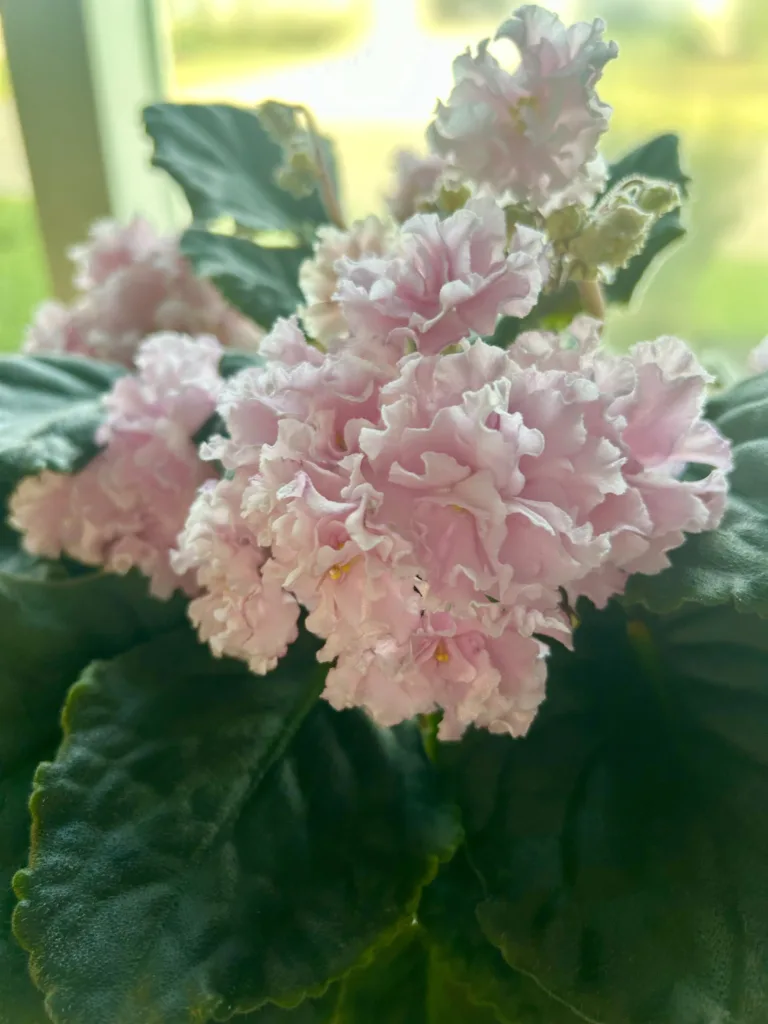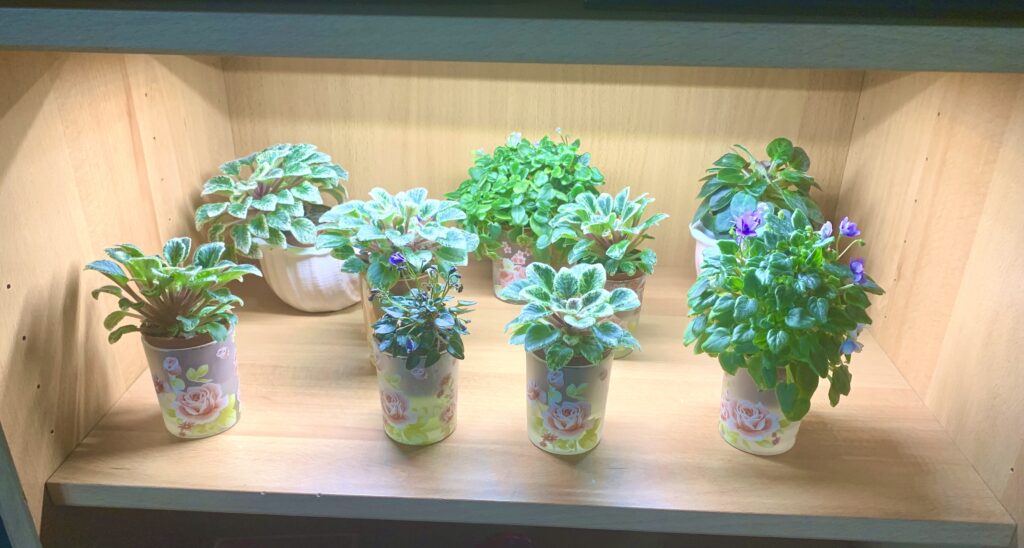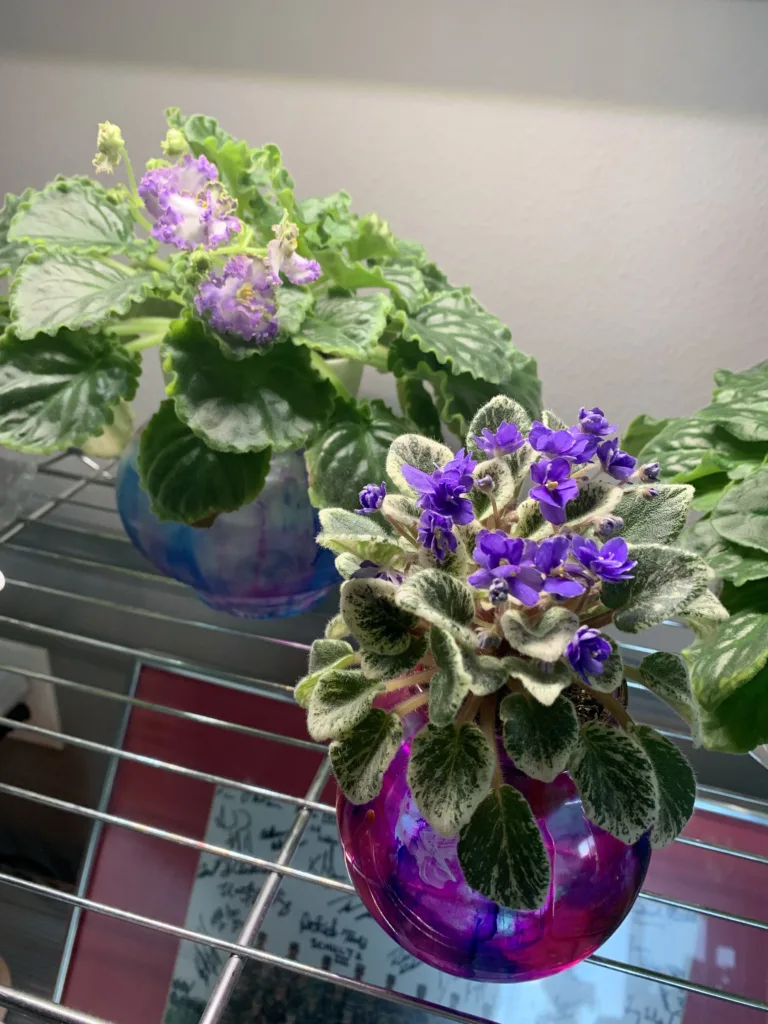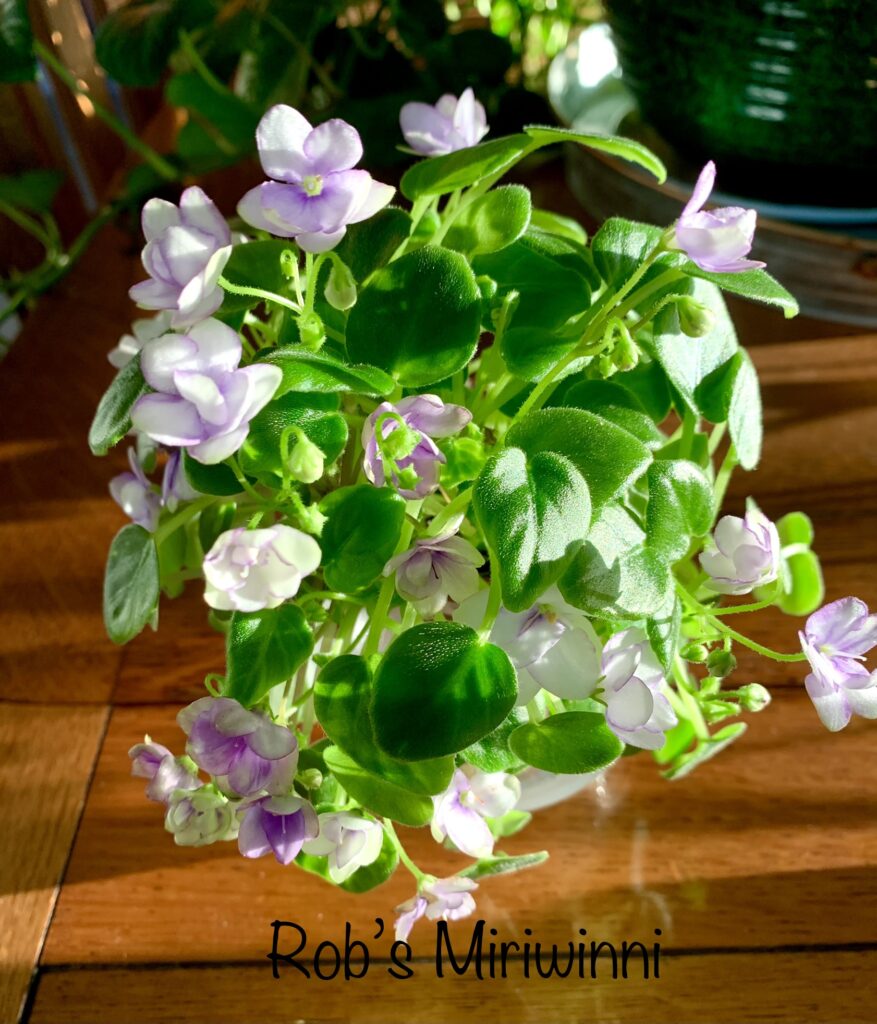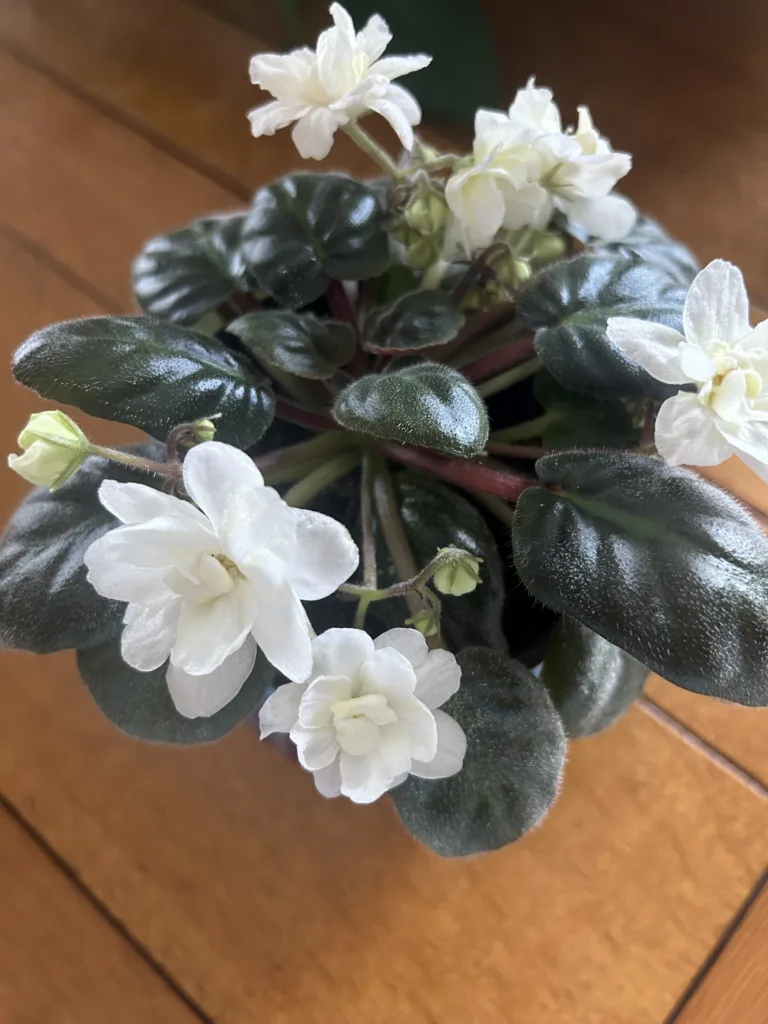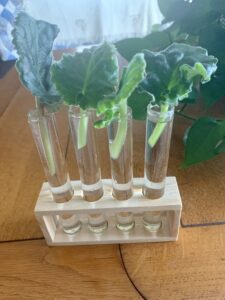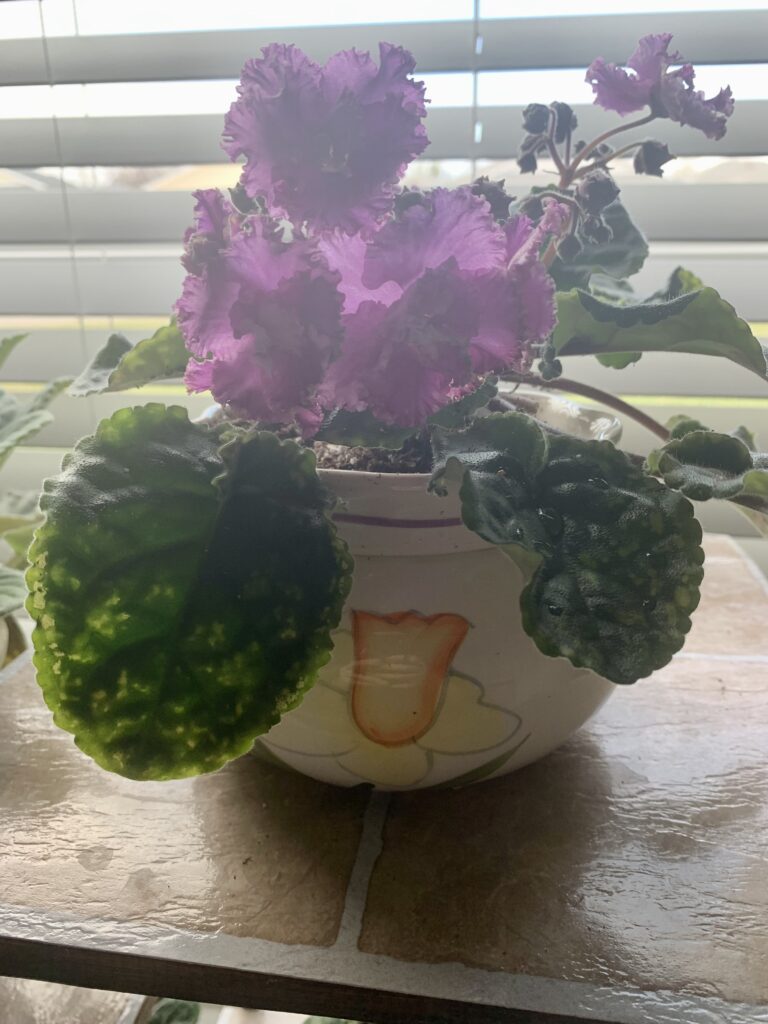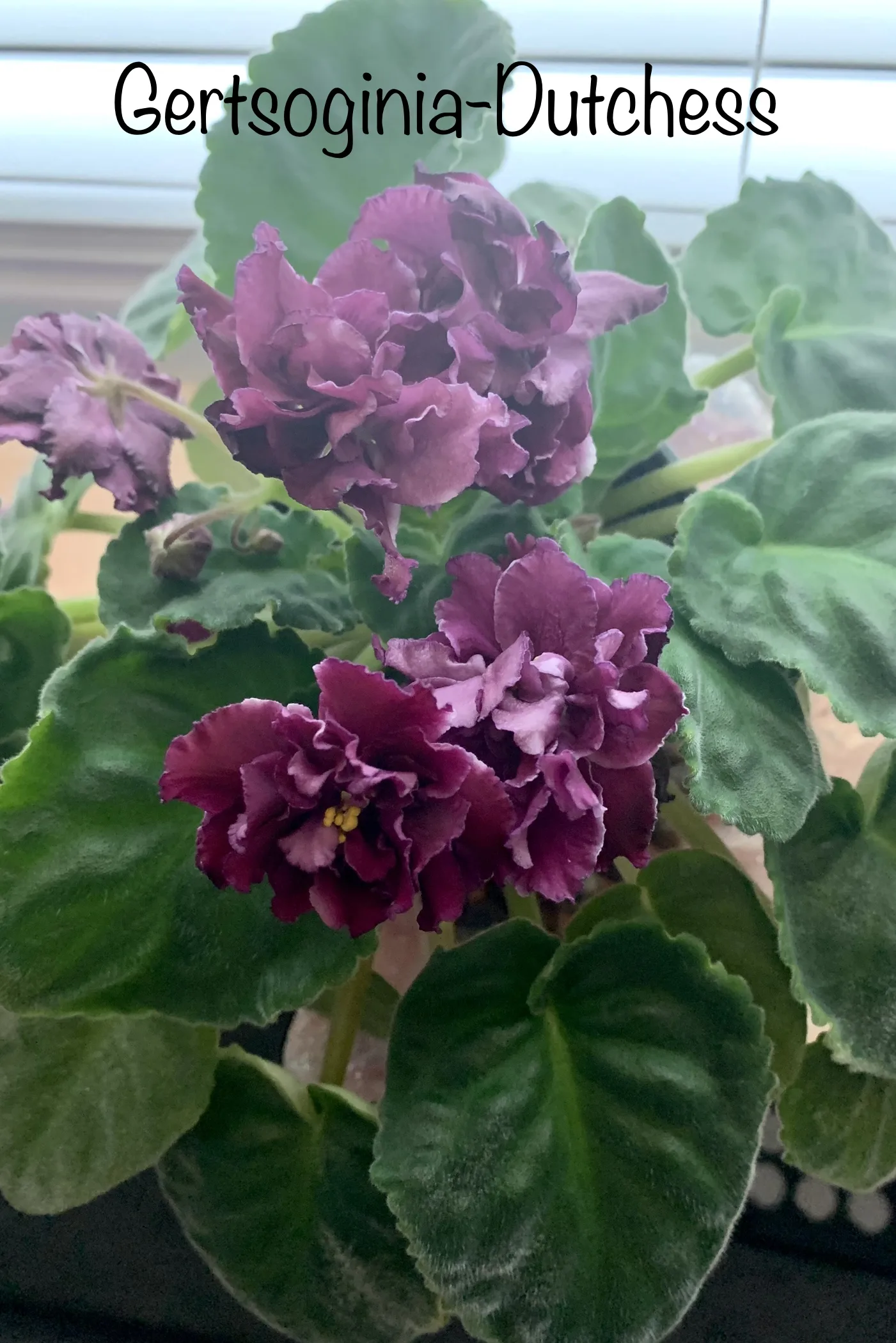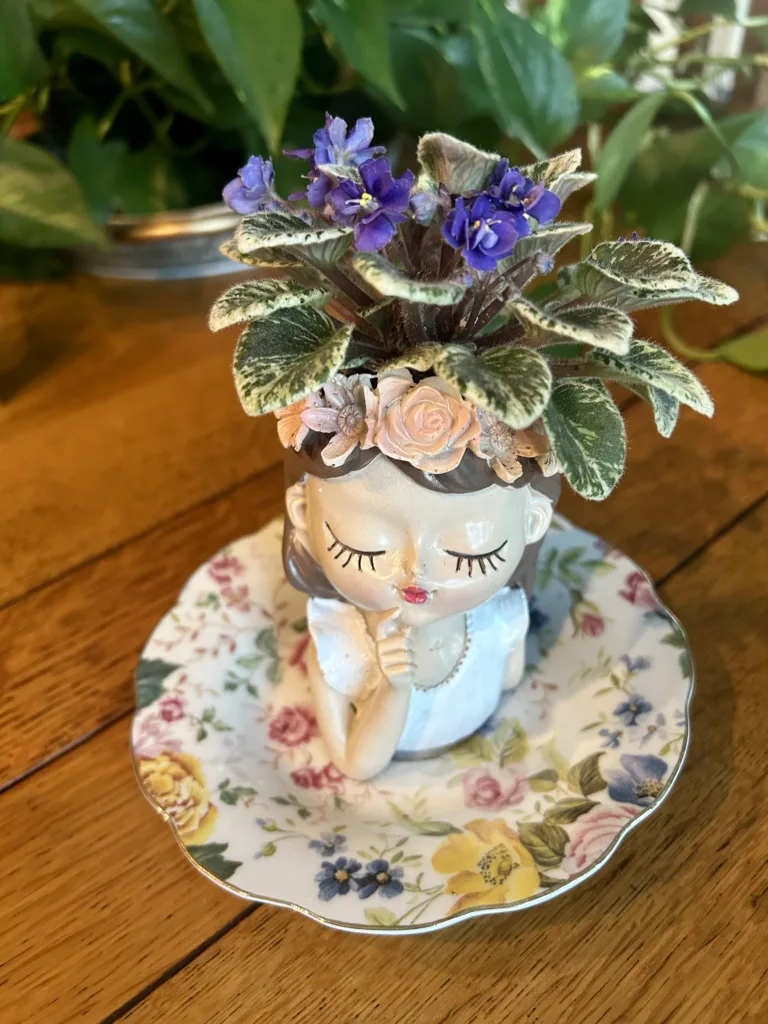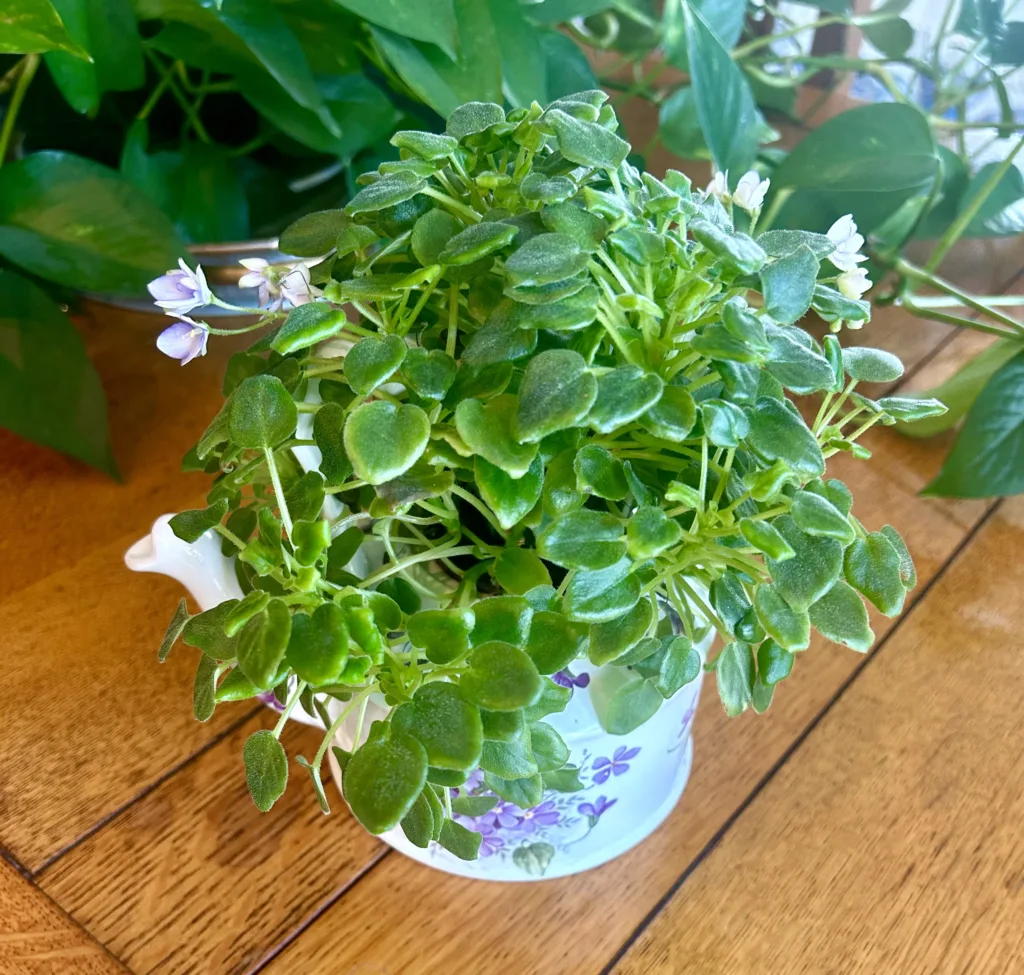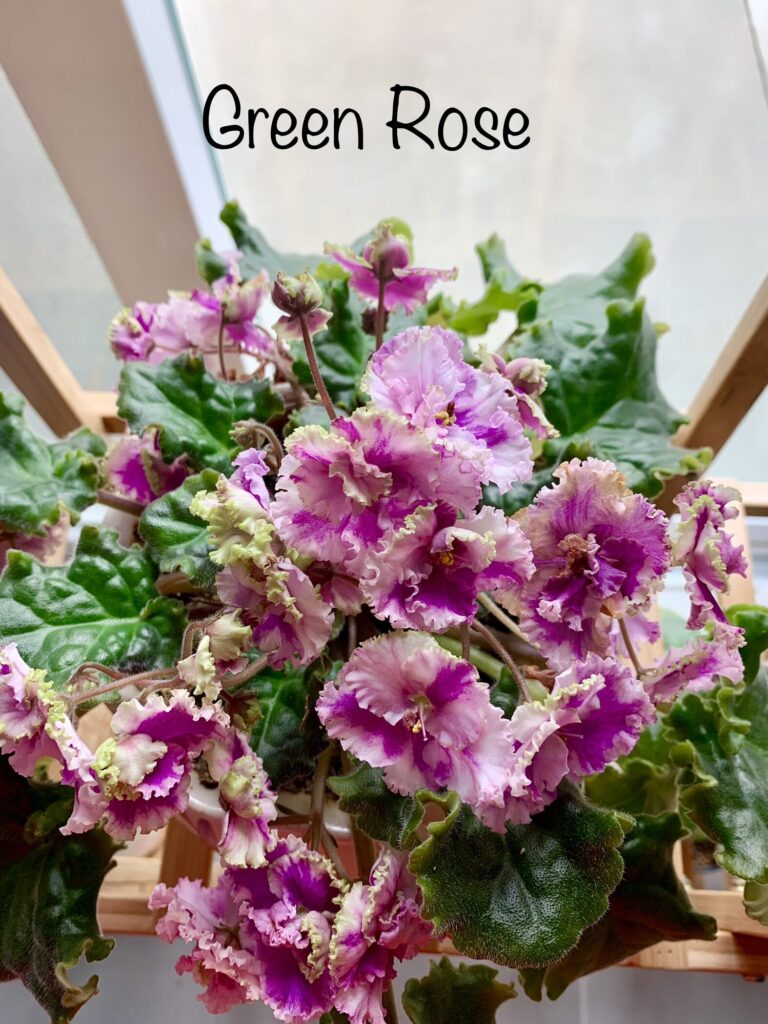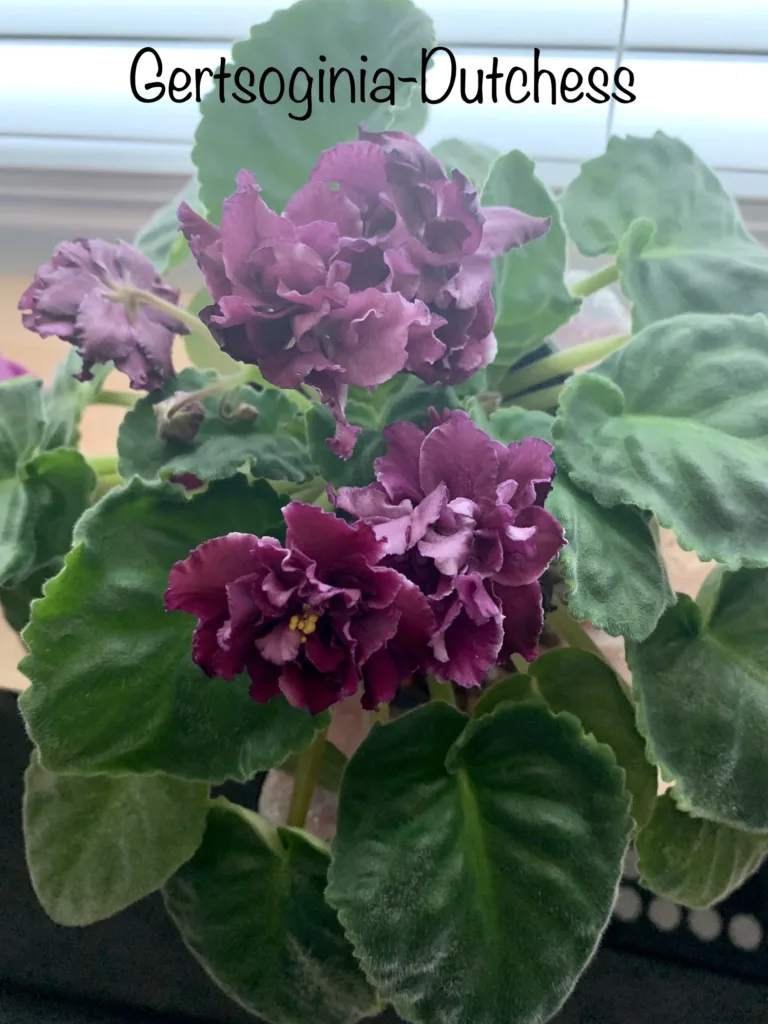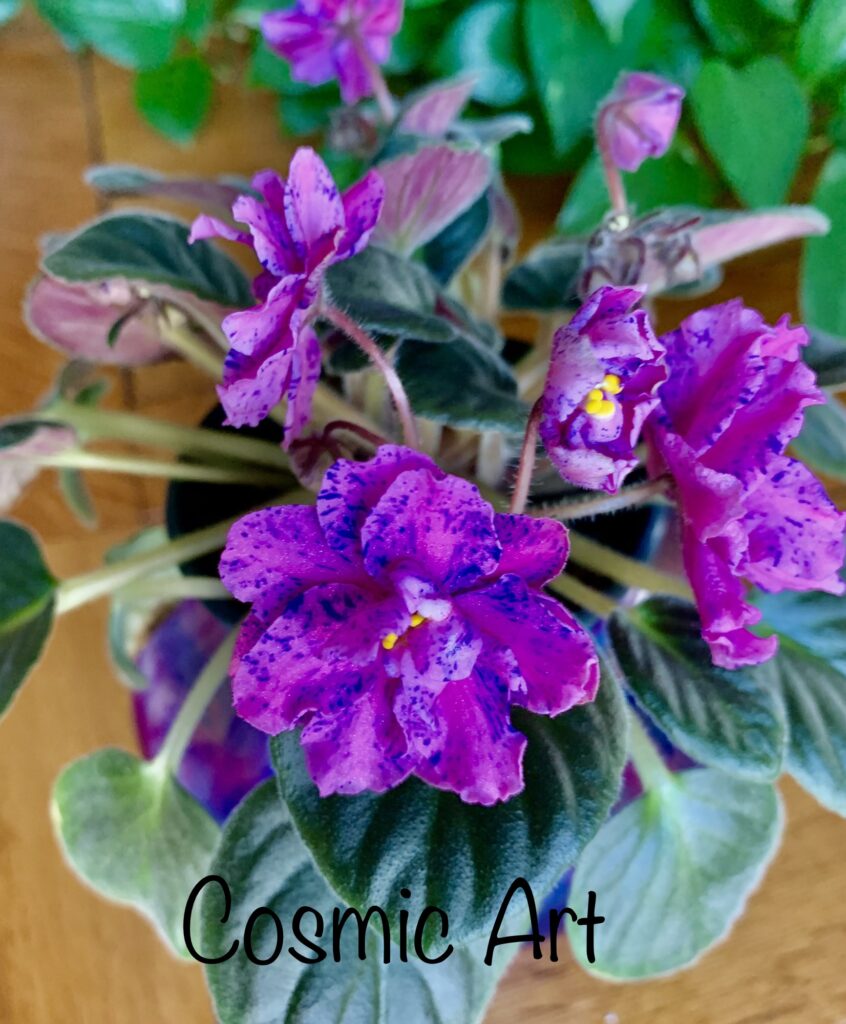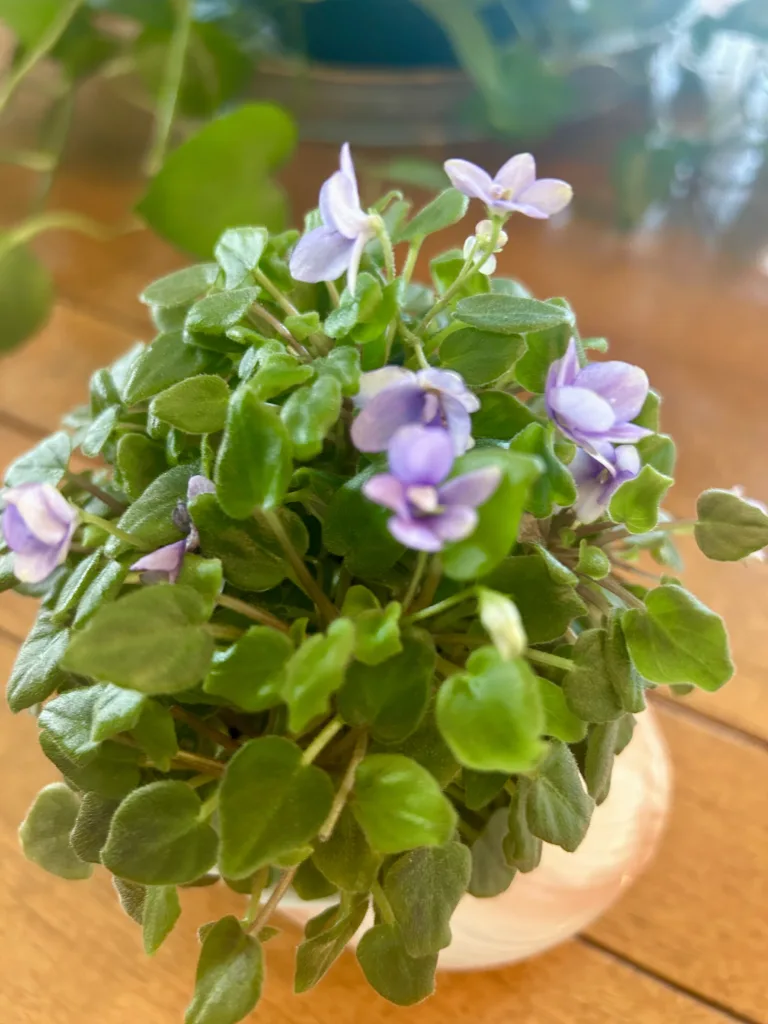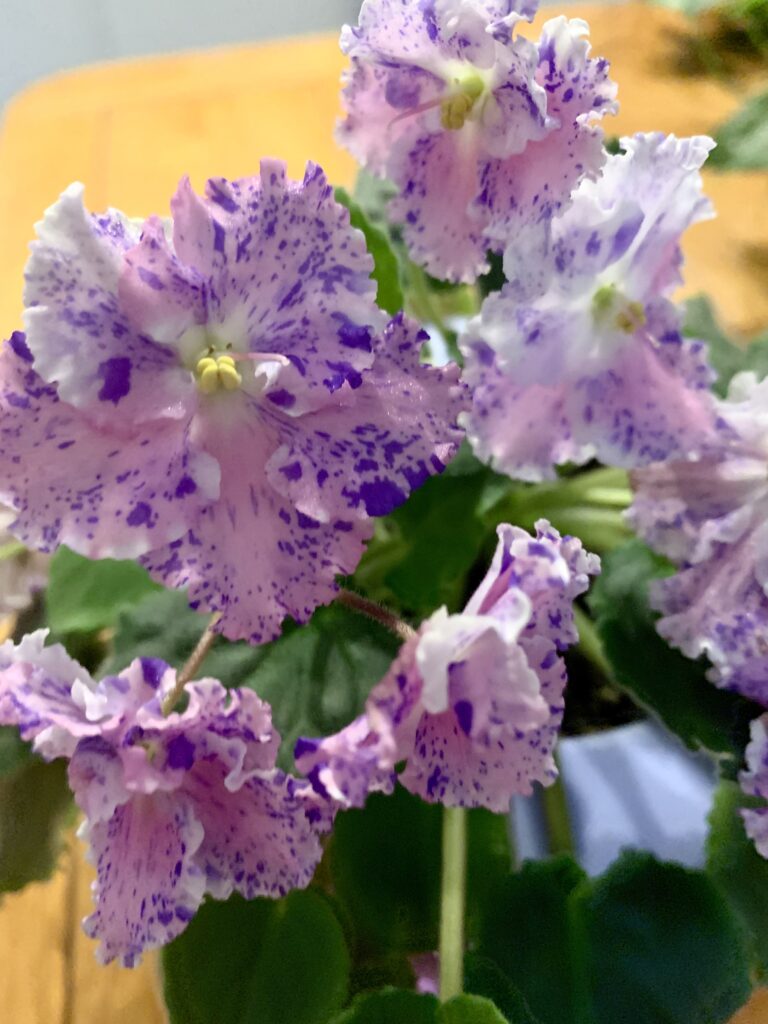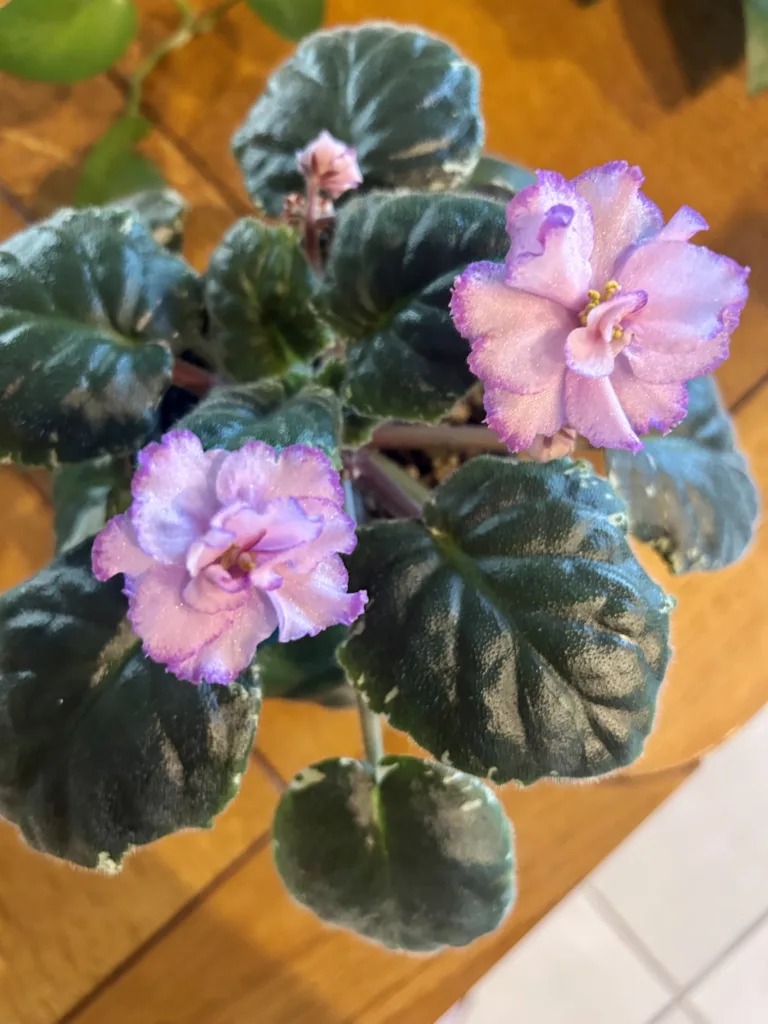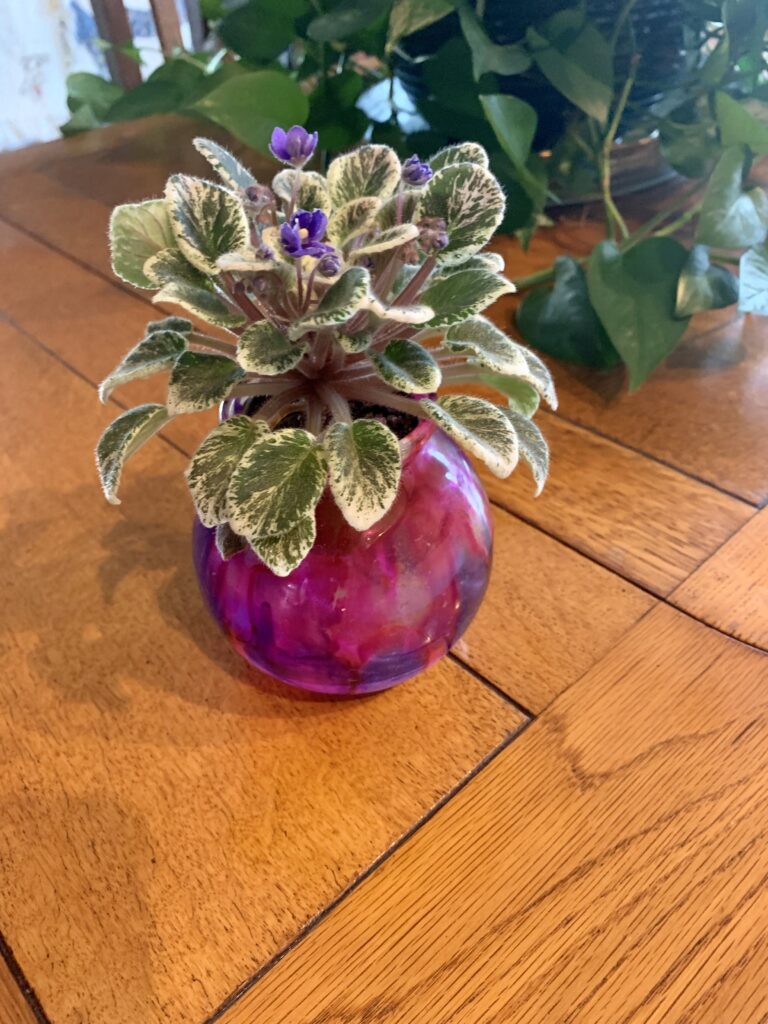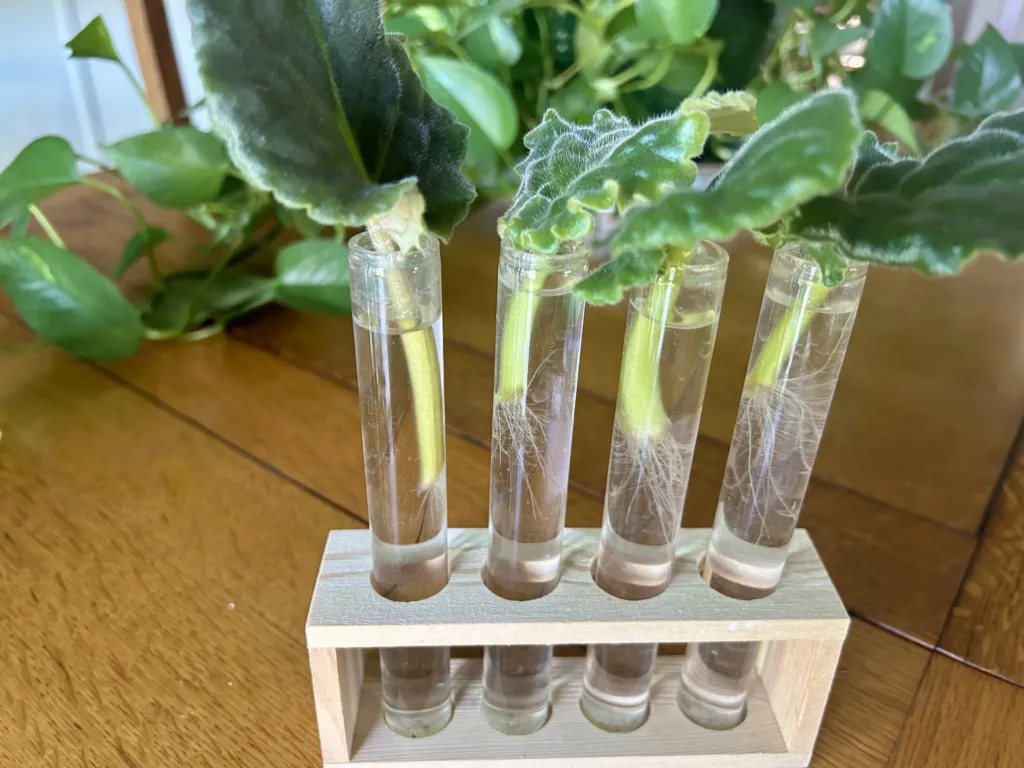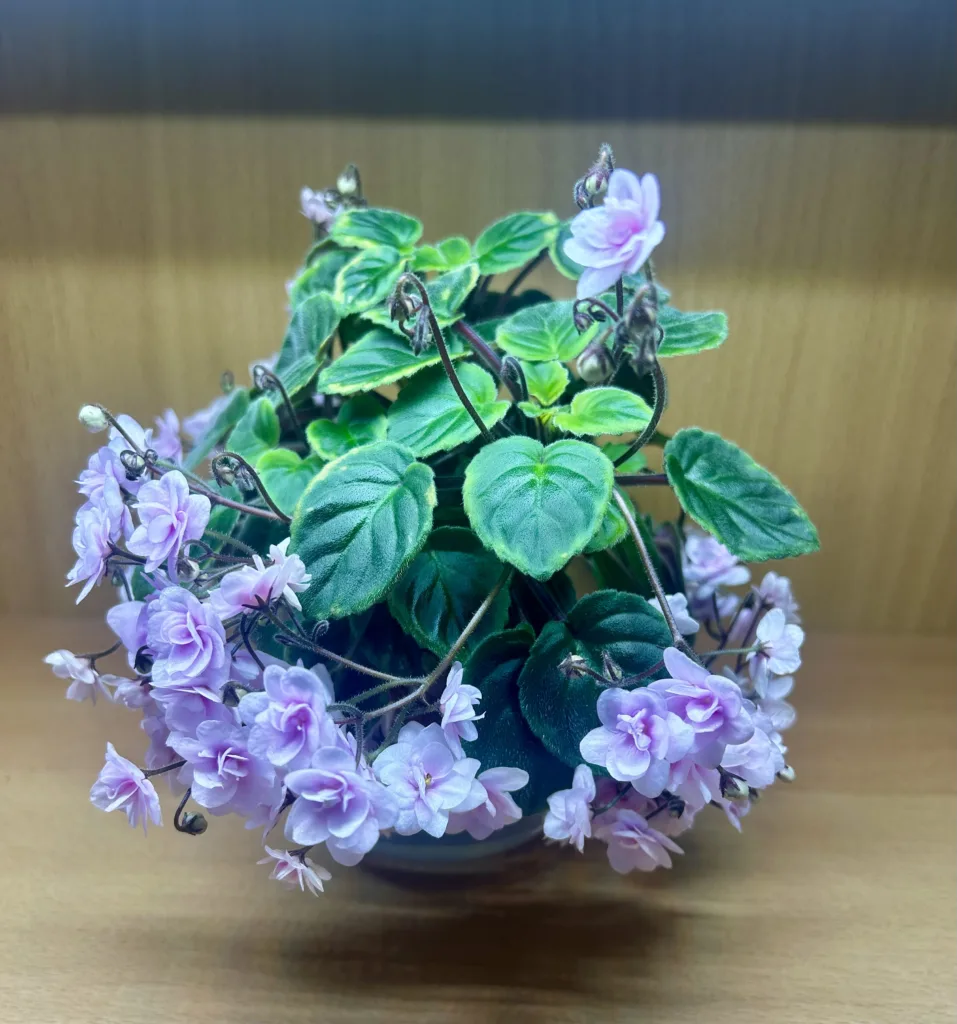
African violets are a beautiful and popular houseplant that can be easily grown with the right care. Having the right light source is one of the most important factors for their growth. As they require a specific amount of light to thrive and bloom. However, with so many different types of light sources available. And it can be challenging to know which one is best for your African violets. In this post, we will identify the advantages and disadvantages of each type of light source. And then you can make an informed decision on the best African Violet light requirements for your AVs.
Also keep in mind not all African Violet varieties perform the same way in the same conditions. Different varieties have different genetic light requirements. Plants with darker leaves need more intense light than plants with lighter leaves. However there can be exceptions to that rule.
Therefore your best option is to watch your Violets for signs they are receiving too little or too much light. African Violets receiving too little light will bloom sparsely. Their leaves will develop long stems, reaching upwards for light and the leaves will become thin and weak. Violets receiving too much light with have tight distorted leaf growth and will shows signs of leaf bleaching. Light green foliage will change to a pale yellow or near white color. While darker green foliage with change to a coppery brown with brittle leaf stems. Flower are usually smaller and some plants have leaves that pull down from the light source, hugging the sides of the pot.
African Violet Light Requirements – Natural Light
The most natural light source for African violets is sunlight. They thrive in a bright, sunny location. But they do not tolerate direct, intense sunlight. Direct sunlight can often cause the plant’s leaves to become scorched. Therefore, it’s best to provide filtered or indirect sunlight. Place the plant in an east, west or north-facing windowsill to provide good filtered light. However, keep in mind that the sun’s strength and angles change throughout the year. And you might have to rotate your plant regularly to keep it growing healthily.
Tips for Growing in Natural Window Light
When growing African Violets in natural window light, there are a few important rules to keep in mind.
- Avoid Direct Sunlight – As mentioned earlier, African Violets do not tolerate direct sunlight well. Too much sun can cause their leaves to scorch, so it’s best to keep them in a spot that receives filtered or indirect sunlight.
- Choose the Right Window – Not all windows are created equal when it comes to providing the ideal light for your African Violets. East, west, or north-facing windows are generally the best options as they provide good filtered light. South-facing windows often get too much direct sunlight.
- Rotate the Plant Regularly – As the sun’s strength and angles change throughout the year, you will need to adjust your plant’s positioning. Regular rotation can ensure your plant gets even light exposure, promoting balanced growth.
- Use Sheer Curtains or Blinds – Even in the best window, there may be times when the sun is too strong. Consider using sheer curtains or blinds to help regulate the light intensity. These can be opened and closed as needed to provide your plants with the optimal amount of light.
Remember, African Violets are sensitive to their environment. The key to successfully growing them in natural window light is paying attention to their needs and adjusting their care accordingly.
African Violet Light Requirements – Fluorescent Lights
Fluorescent lights are a popular and economical light source for African Violets, especially those without the right window. Or those who want to grow on a larger scale. They are energy-efficient, produce only a small amount of heat. And they do not emit UV radiation that can damage the plant’s foliage. They are also available in full-spectrum grow-lights, which imitate natural sunlight. The only disadvantage of fluorescent lights is that they need to be placed directly above or close to the plant, so the plant gets adequate light. This means that you may need to purchase a lighting fixture to hold the bulbs and to adjust the height of the light source so that the plant gets the right intensity of light.
Tips for Growing under Fluorescent Lights
When growing African Violets under fluorescent lights, there are some key rules to follow to ensure the health and vibrancy of your plants.
- Distance – The distance between the African Violet and the fluorescent light source is crucial. Lights should be placed 10-12 inches above the plant. As this is the perfect distance to provide the necessary light concentration without causing leaf burn.
- Duration – African Violets need about 10 to 12 hours of light each day. Therefore, if you’re using fluorescent lights, make sure to turn the lights off at night to mimic the natural day-night cycle.
- Type of Bulb – Use full-spectrum or grow-light bulbs as they replicate the spectrum of natural sunlight most closely. This will provide your African Violets with a balanced light spectrum, promoting healthy growth and blooming.
- Rotation – Rotate your plants every few weeks to ensure all sides of the plants receive equal light exposure. This will promote even growth. Without rotation, plants tend to lean toward the light source, leading to uneven development.
Remember, if you observe any signs of distress in your African Violets such as leaf bleaching or weak growth. Then adjust the light intensity, distance, duration, or rotation accordingly. Consistent observation and care are the keys to successfully growing African Violets under fluorescent light.
African Violets Light Requirements – LED Grow Lights
LED (Light Emitting Diode) lights are a contemporary and energy-efficient lighting solution. Are available in full spectrum grow-lights. Consume very little energy and have a long lifespan. They also do not generate much heat and are safe to use around plants. LED lights are more expensive than fluorescent bulbs, but they consume less energy, and replacing them is less frequent. The LED lights are a good investment if you plan to grow a lot of violets. And they can also be set up so that you can control the amount of light they emit.
I have LED grow lights on a shelf in my kitchen that gets no sunlight so I can enjoy my violets while in the kitchen. I also have a LED grow light on a shelf in my entertainment center for my mini AV’s. The fox garden grow lights are the ones I use and they have an automatic timer, so they come on each morning at 7am and off at 7pm each night and my violets thrive and bloom consistently!
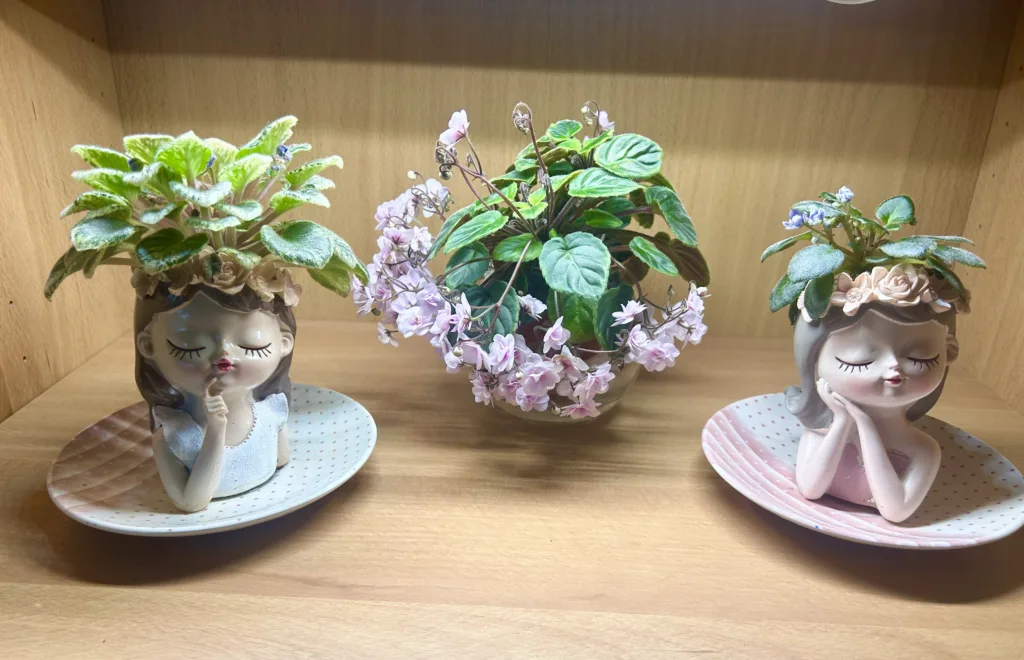
Tips for Growing under LED Grow Lights
- Distance – Similar to fluorescent lights, the LED light source should be properly distanced from the plant. It is generally recommended to keep the light about 12-16 inches above the plant. However, different LED lights have different intensities, so adjust the distance according to your specific light’s output.
- Duration – The rule of 10 to 12 hours of light per day applies to LED lights as well. Make sure to turn the lights off for several hours each day to mimic the plant’s natural day-night cycle. Many LED lights come with built-in timers, making this easier to manage.
- Type of Bulb – Opt for full-spectrum LED lights. These offer a balance of cool and warm light that replicates the natural solar spectrum, providing your African Violets with the light quality they need for photosynthesis.
- Rotation – Just as with fluorescent lights, rotate your plants every so often to ensure all parts of the plants receive equal light exposure.
- Adjustment – Keep a close eye on your violets for any signs of distress. LED lights can be quite intense, and their height or intensity may need to be adjusted accordingly.
Remember, consistent monitoring and care are essential for successful growth of African Violets under LED lighting. The flexible control offered by LED lights enables you to provide the perfect lighting conditions for your violets to flourish.
Happy Gardening!
Choosing the right light source for your African violets is essential for their growth and health. Each type of light source has its advantages and disadvantages. The type of light you choose will depend on your gardening needs. You can keep your African violets healthy and happy by providing them with the right amount of light, and they’ll reward you with their beautiful blooms and foliage. Remember to check the amount of natural light available in your home and consider the cost, energy-efficiency and amount of light provided before purchasing the light source. With the information provided in this post, you’re better equipped to choose the right light source for your African Violets.
Please be sure to check out my Gardening Blog Post Page for more tips on all types of gardening. Including Seed Saving, Seed Starting, Orchids, Water Gardening, Coldframe Gardening, Indoor Bulb Gardening, Hydroponics, Container Gardening, Mums, Herbs, African Violets, planting Bulbs, Flower Gardening, Vegetable and Fruit Gardening, Indoor Houseplants of all kinds, Cactus, Succulents, Hanging plants, Deer resistant plants and even Bird, Bee, Butterfly and Hummingbird Gardens!

